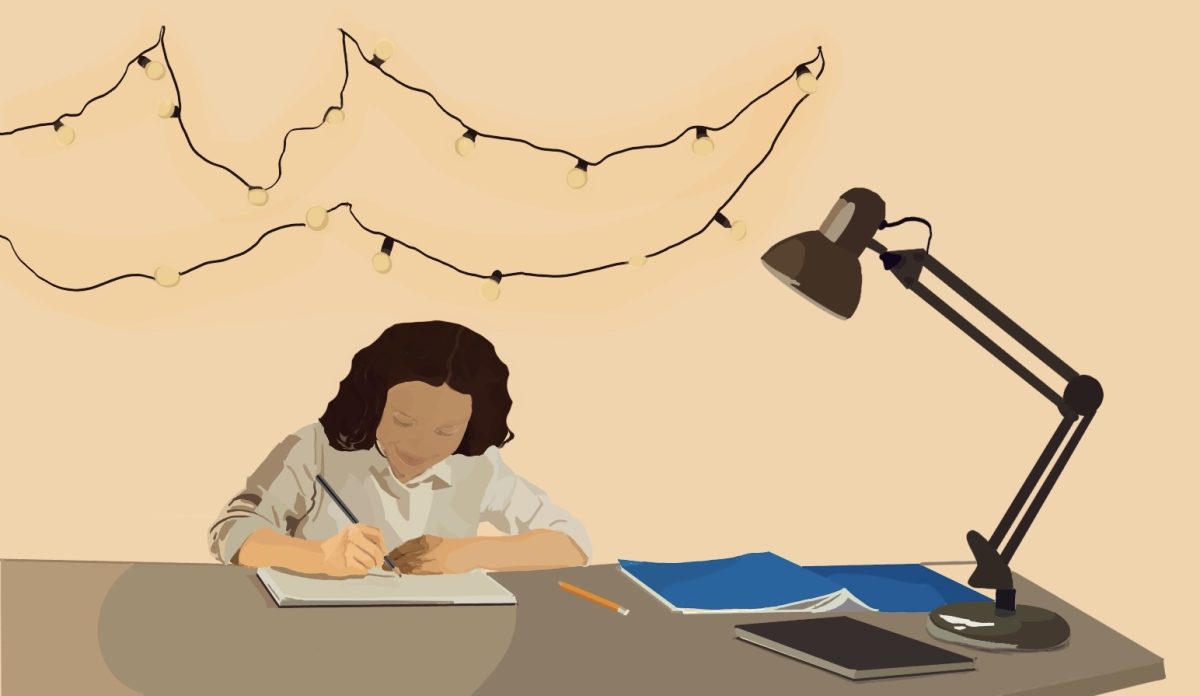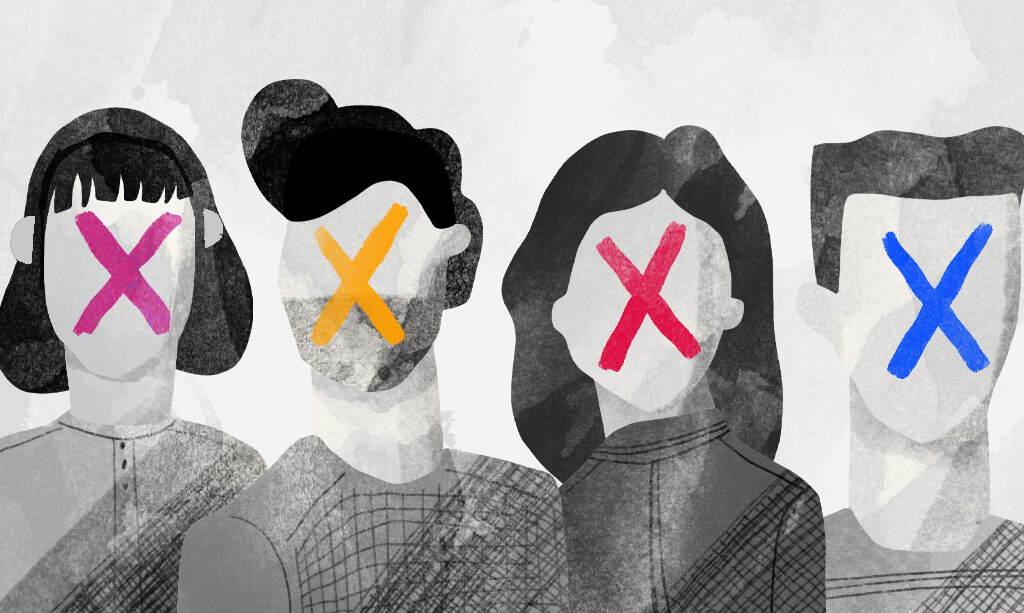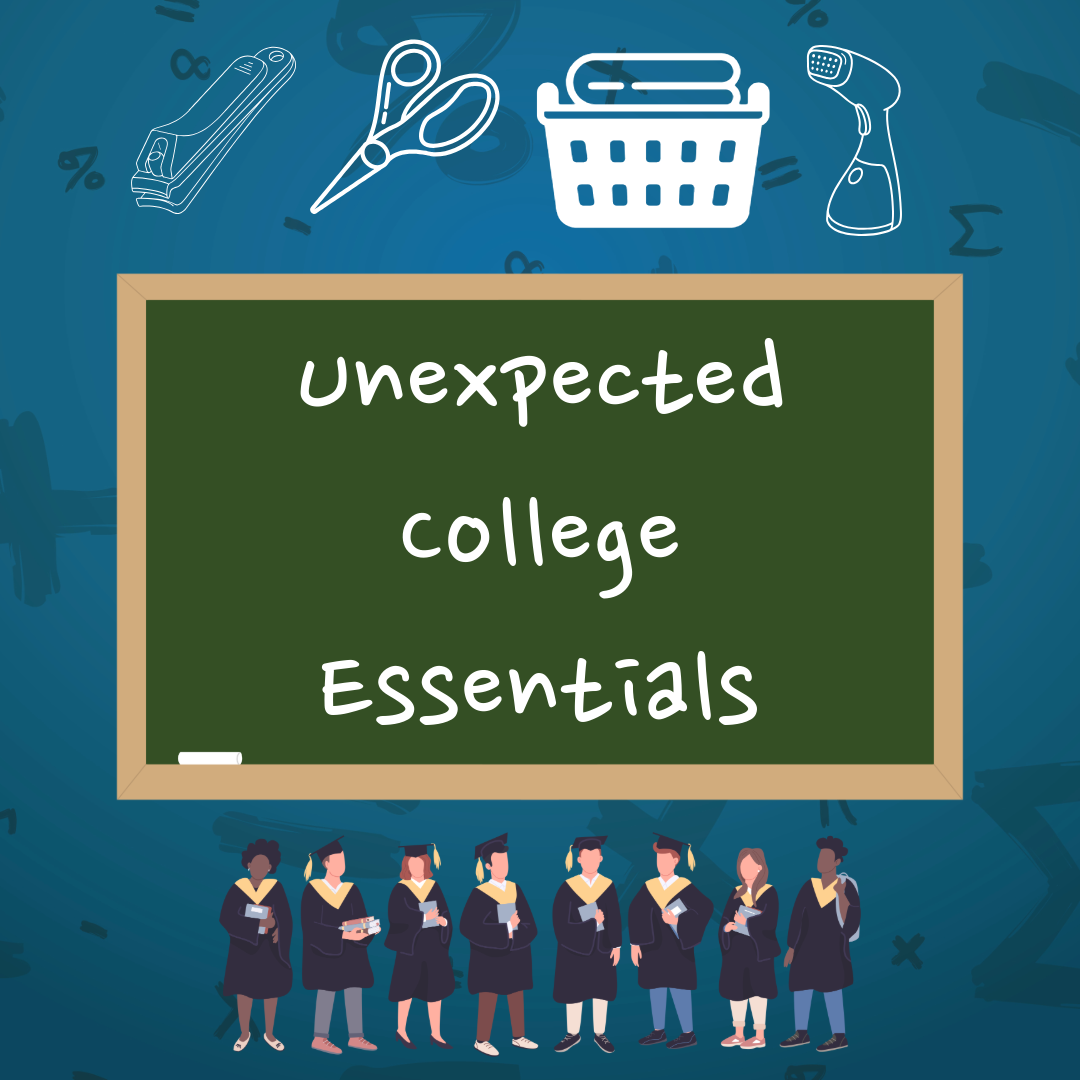Lighting is a very important factor in human lives. Originally, the only light available to humans were the sun and fire. Over time, as human societies evolved different forms of lighting also advanced with it. With numerous options such as LED lights, halogen, incandescent and ambient lighting, schools have chosen the worst option for concentration and learning: fluorescent lighting.
In a statistic from the U.S. Department of Energy, 78% of lighting in educational buildings is fluorescent. Fluorescent lighting has been proven to have negative side effects. Studies have found that fluorescent lighting contains mercury, which is a toxic chemical to humans. The side effects of Mercury exposure includes muscle tremors, headaches, insomnia, fever, chills, shortness of breath, coughing and damage to kidneys. If a light bulb were to burst, everyone exposed to mercury would be at risk to these side effects.
Fluorescent lighting in classrooms can also create disadvantages for certain students. For those with autism, fluorescent lighting has proven to cause overstimulation and migraines due to the unnatural light and buzzing noise. In addition, research has found correlation between increased hyperactivity of those diagnosed with ADHD and fluorescent lighting.
“I already have bad vision and fluorescent lighting makes everything seem blurry and makes my head hurt,” WHS student Rebecca Schimdt said.
Teachers at WHS have taken initiatives to change the lighting of their classrooms. English teacher Jamie Ferguson has added fairy lights and covers over the fluorescent lights in her classroom to create a more welcoming feel. Foreign language teacher John McCluskey has added lamps surrounding his room as an alternative to the fluorescent lighting.
“I like the sort of calming effect that lower light level has on me, and I think the students like it as well because they spend most of their time in overhead light, intensive situations” Walpole High School teacher John McCluskey said.
Specifically early in the morning, students may become more irritated due to the fluorescent lighting. The lighting may inhibit their ability to be productive as they are more focused on their irritation rather than their school work.
“When you have a class early in the morning, it is so much easier to come into the classroom when the lighting is more natural and cozy. When you are in a class with bright lights it feels forced,” WHS student Gianna Fredrick said.
Schools should begin to make efforts to improve school lighting. There are numerous cost effective ways to do so, such as adding fairy lights, covers to go over fluorescent lighting to diminish the harsh lighting and utilizing windows to add a more natural feel. Through the addition of fluorescent alternatives, students may be more efficient in classes and feel more comfortable while learning. This can lead to a positive effect over time as students will be more likely to attend classes if they feel comfortable.

















